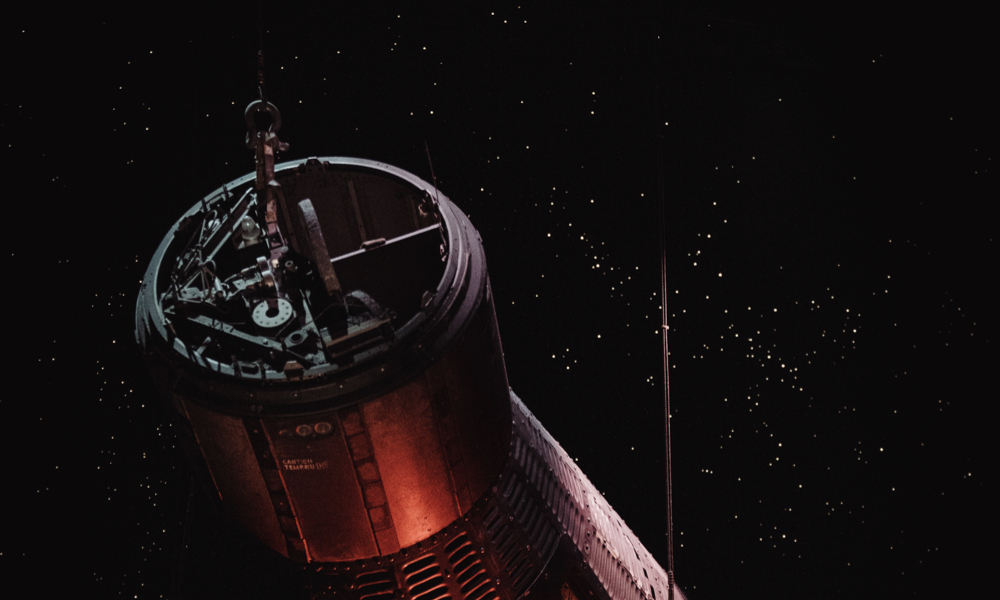
ESA Open Invitation to Tender AO9905
Open Date: 09/07/2019
Closing Date: 09/09/2019 13:00:00
Status: ISSUED
Reference Nr.: 19.1EP.05
Prog. Ref.: Technology Developme
Budget Ref.: E/0901-01 – Technology Developme
Special Prov.: BE+DK+FR+DE+IT+NL+ES+SE+CH+GB+IE+AT+NO+FI+PT+GR+LU+CZ+RO+PL+EE+HU
Tender Type: C
Price Range: 200-500 KEURO
Products: Satellites & Probes / Payloads / Instruments / Other Instruments / Gradiometers, Plasma detectors, ¿
Technology Domains: Spacecraft Environments and Effects / Space Environment / Inflight Monitoring
Establishment: ESTEC
Directorate: Directorate of Tech, Eng. & Quality
Department: Electrical Department
Division: Power Systems, EMC & Space Environ.Div
Contract Officer: Karl, Heinz-Uwe
Industrial Policy Measure: C3 – Activities restricted to SMEs & R&D organisations, prefe…
Last Update Date: 09/07/2019
Update Reason: Tender issue
Microparticles pose a significant risk to space missions. Due to their high velocity of the order of several tens of kilometers persecond even small particles can damage spacecraft and affect the performance and lifetime of instruments. There is considerable uncertainty on the microparticle flux. For spacecraft reliability the relevant particle size is roughly in the mm-cm particle size range where the particle flux is comparably low. In-situ particulate detectors are in general small and record much smaller dust particles of sufficiently high flux. Indirect detection methods are typically restricted to particles of at least one mm. The reconstructing of the impact location allows in combination with satellite attitude data for an unambiguous reconstruction of individual impact events and projectile properties. Thus the proposed instrument would close this experimental gap and reduce the uncertainties on particle fluxes and thus uncertainties in the risk assessments. Precursor experiments are being operated by DLR (SOLID on technosat) andNASA (SDS on ISS) and designed for in-orbit validation by JAXA (CLOTH on EQUULEUS). In-orbit validation feedback is very limited but indicating unexpected behavior. This activity shall identify technology concepts for a versatile instrument to cover needs of ESA missions and verify its functionality.The activity encompasses the following tasks:- instrument technologydesign trade-off (e.g. Resistor grid-based, PVDF, acoustic, electromagnetic wave and integration in panels, solar arrays, MLI) for typical LEO and GEO and extraterrestrial missions (first iteration in tender)- requirements baseline- development plan- breadboard design- manufacture and assembly- verification and testing- flight model development planProcurement Policy: C(3) = Activity restricted to SMEs RD Entities. For additional information please go to EMITS news “Industrial Policy measures for non-primes, SMEs and RD entities in ESA programmes”.
If you wish to access the documents related to the Invitation to Tender, you have to log in to the ESA Portal.
